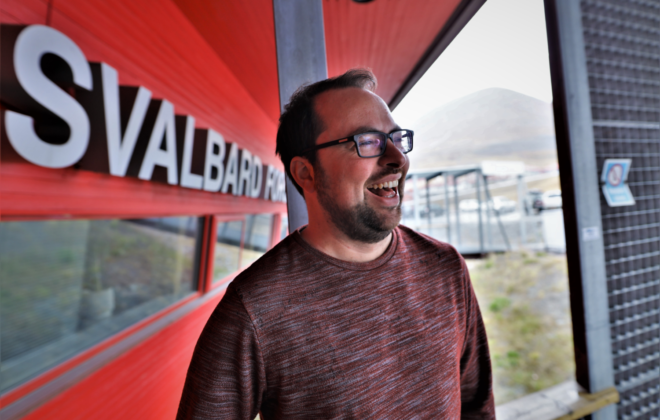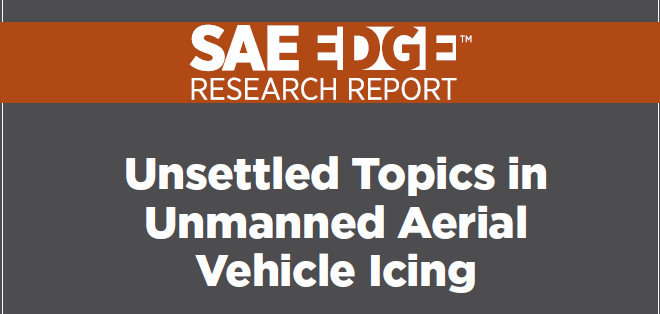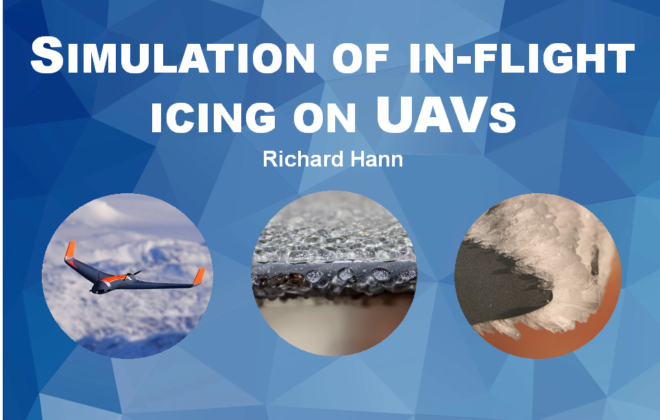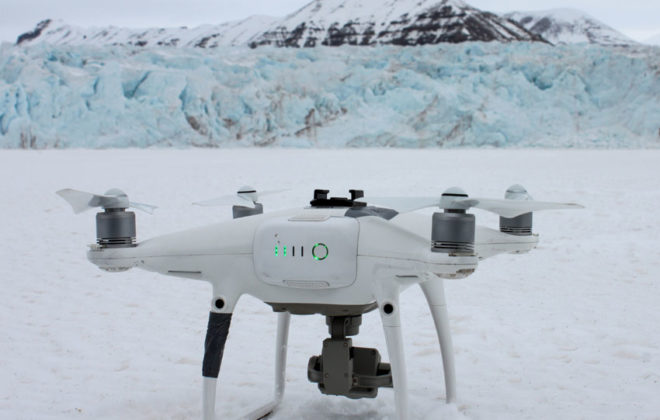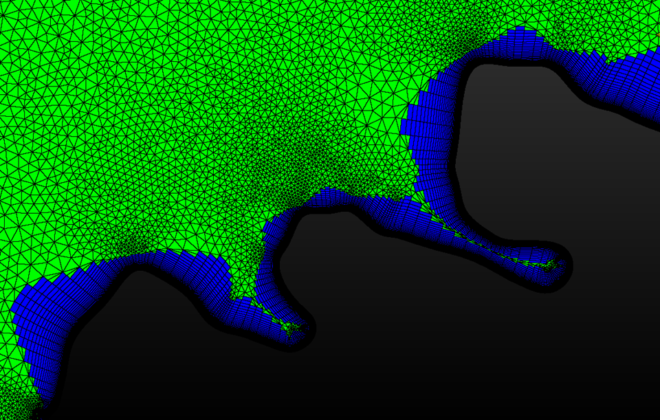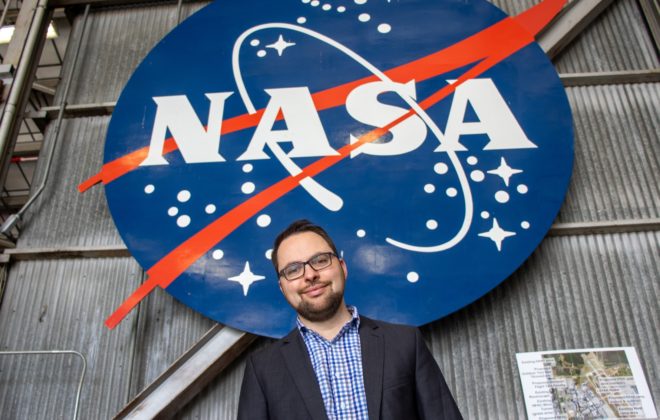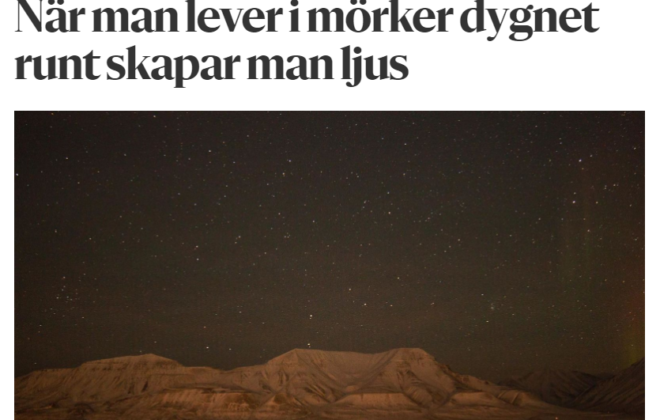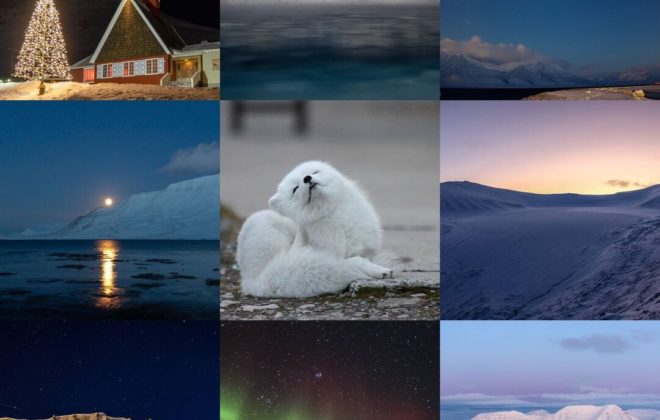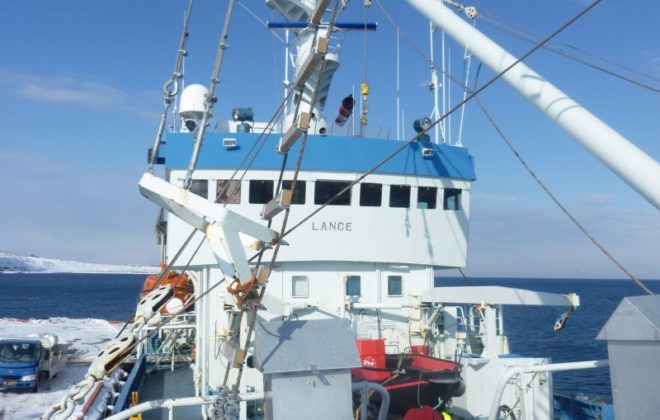Featured Article
A few weeks back, I was asked to give an interview about my work on Svalbard. I was thinking we would be talking about my research on glaciers with drones, but instead ended up talking about life on Svalbard in general. So it wasn’t the…
SAE Edge: Unsettled Topics in UAV Icing
Atmospheric in-flight icing is a dangerous weather hazard that occurs when aircraft encounter supercooled liquid water in clouds or precipitation. In particular, icing is a major limitation for unmanned aerial vehicles (UAVs) and there are many questions yet to be answered in the field. Earlier…
PhD.
This week I achieved a major milestone. After almost 4 years, I successfully defended my PhD thesis and received my doctorate degree. The topic of my thesis has the unbuzzy title of “Atmospheric Ice Accretions, Aerodynamic Icing Penalties, and Ice Protection Systems on Unmanned Aerial…
Webinar on simulation of in-flight icing on UAVs
Some weeks ago, I’ve been asked by Pointwise to record a webinar on the topic of simulation of In-flight Icing on UAVs. Watch me talk about issues of in-flight icing on UAVs and information about the following topics: Icing on UAVs Differences to icing on…
Svalbard Fieldwork during COVID-19
I have a project at the University Centre in Svalbard (UNIS) using drones to study glacier crevasses. Together with my master student, we are working on creating high-resolution maps of crevassed glacier areas. The goal is to understand the role of crevasses on how glaciers…
How to Mesh a Frozen Drone
Icing of drones is a severe hazard that significantly limits the usage of autonomous unmanned aerial vehicles (UAVs). Computational fluid dynamic (CFD) methods, originally developed for manned aircraft icing, are an important tool for understanding the effects of icing on UAVs. One of the most…
NASA Visit
Two weeks ago I had the amazing opportunity to be invited to give a small lecture about my research on icing on unmanned aircraft at the NASA Ames Research Center in California! As an aerospace engineer, this was a bit of a dream-come-true scenario that…
Published!
I took my first picture with a borrowed DSRL camera two and a half years ago. Since then, I have gradually become more and more intrigued with taking photos of the places I love. Today, some of my pictures were featured in an article about Svalbard…
Impressions 2019
With the new decade* starting, it’s a good opportunity to look back at the last year. 2019 was a very interesting year, with lots of travels, good research, new collaborations, and good photography opportunities. My favorite experience was certainly the time that I’ve spend up…
How Atmospheric “Vacuum Cleaners” Work for Science
Persistent organic pollutants (POPs) are a type of human-made toxic chemicals that can be found all over the world. POPs can travel large distances in short time periods in the atmosphere. One of the scientific tools to measure the amount of POPs in the air…
